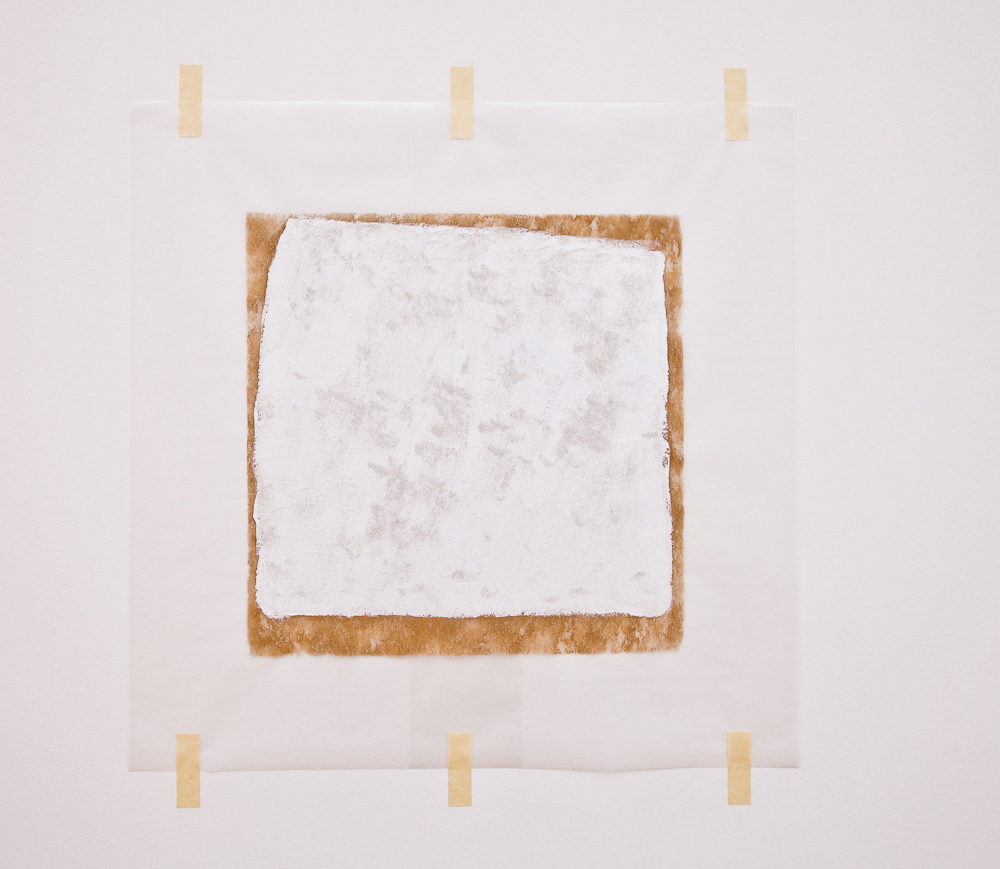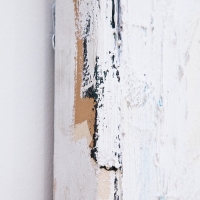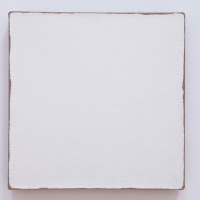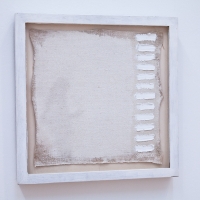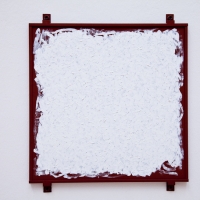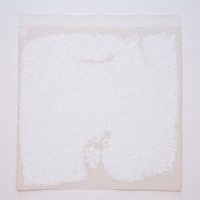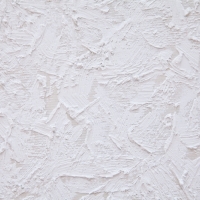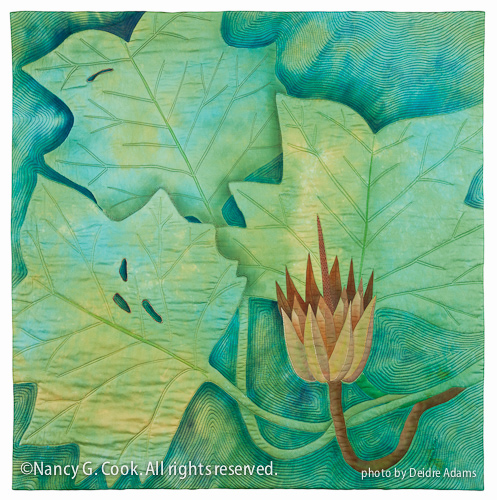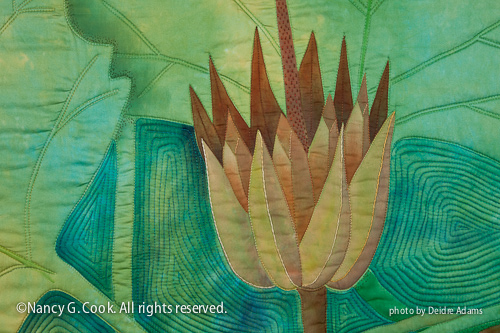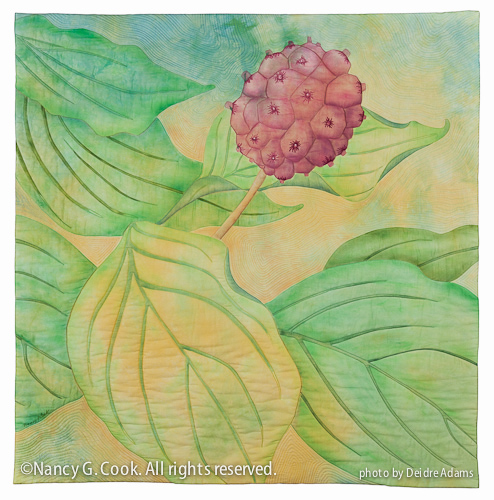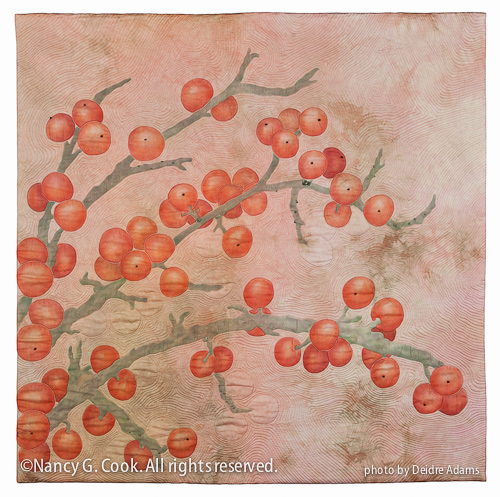Robert Ryman – White paint, not white paintings
Robert Ryman, Surface Veil, 1970-1971
22 x 29 inches, oil on fiberglass with waxed paper frame and masking tape. Collection SFMOMA.
“The real purpose of painting is to give pleasure.”
–Robert Ryman
When one’s thoughts turn to the topic of white paintings, artist Robert Ryman comes easily to mind. Ryman, born in 1930 in Nashville, was first a jazz musician until he moved to New York in 1952 and subsequently took a job as a vacation relief guard at the Museum of Modern Art. His exposure to the artwork there, including contemporary Americans Jackson Pollock, Willem de Kooning, and Mark Rothko, was instrumental in his decision give up music and turn to painting. He never had any traditional art training, although, as Suzanne P. Hudson recounts in Used Paint1, he was directly influenced by MoMA’s “widespread institutional ethos of experiential learning whereby museum educators … promoted values of thinking and making ‘outside the lines.'” He took one adult course at MoMA in experimental painting, although he would later say he didn’t remember much of it. Other than some life drawing done in the class, he never went through the traditional stages of learning to paint or draw representationally. Instead, he was interested in discovering what could be done with different kinds of paints, substrates, and other materials.
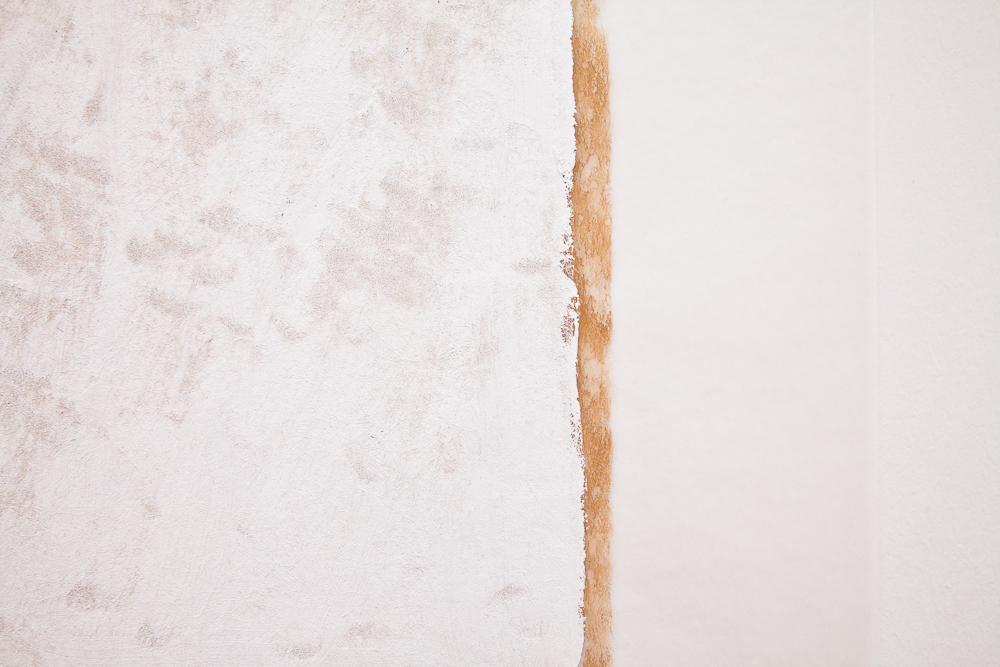 Robert Ryman, Surface Veil (detail)
Robert Ryman, Surface Veil (detail)
Although beginning in the mid-1950s he spent many years exclusively making paintings with every type of white paint, using a seemingly limitless variety of techniques on every possible surface, and he is known for work most commonly described reductively as “white squares,” he would say that he was not making white paintings. “I never thought of white as being a color. White could do things that other colors could not do. White has a tendency to make things visible. You can see more of the nuance.”2
Speaking of one of his earliest works, Untitled (Orange Painting), he said in 1992, “I’ve always thought that if I ever wanted to paint a white painting it would be in the order of the way this painting was done, because this is definitely an orange painting but there are many nuances and many oranges (and black and green). And if I were doing a white painting I would approach it the same way, and there would be whites and warm-whites and cold areas and then you would have a white painting. As it is, the way I use white it’s more as a neutral paint, in order to make other things in the painting visible, color for instance.”3
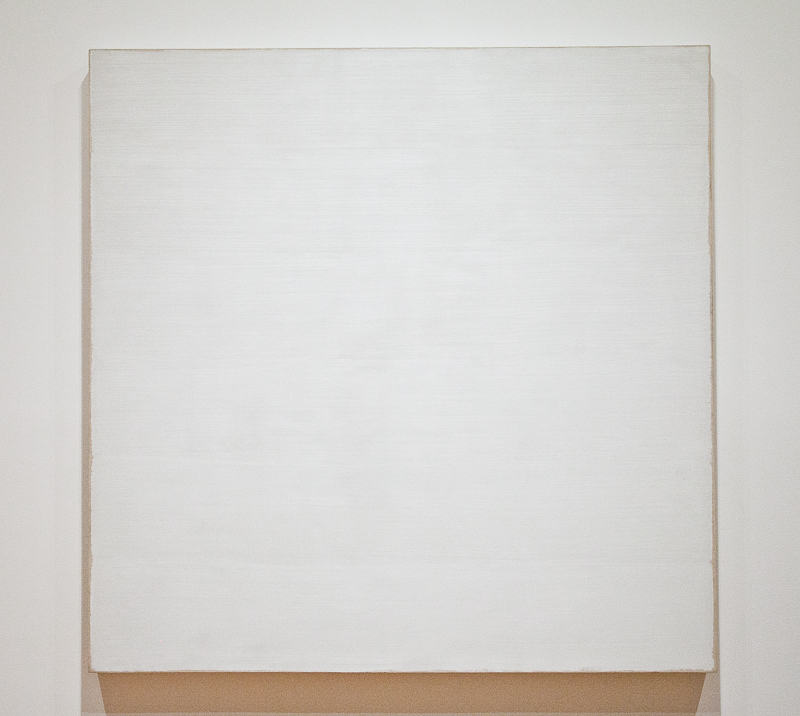 Robert Ryman, Twin (1965)
Robert Ryman, Twin (1965)
6′ 3 3/4″ x 6′ 3 7/8″ Oil on cotton. Collection New York MoMA.
The interesting thing about Ryman is how he became so well known in spite of (or because of?) his unapologetically unconventional approach to painting. He confounded the critics, who tried variously to categorize his work as minimalist, or anti-form, or process, or conceptualist, while admitting that none of these could be perfectly applied. He resists the idea that his work is abstract, saying “I don’t abstract from anything.
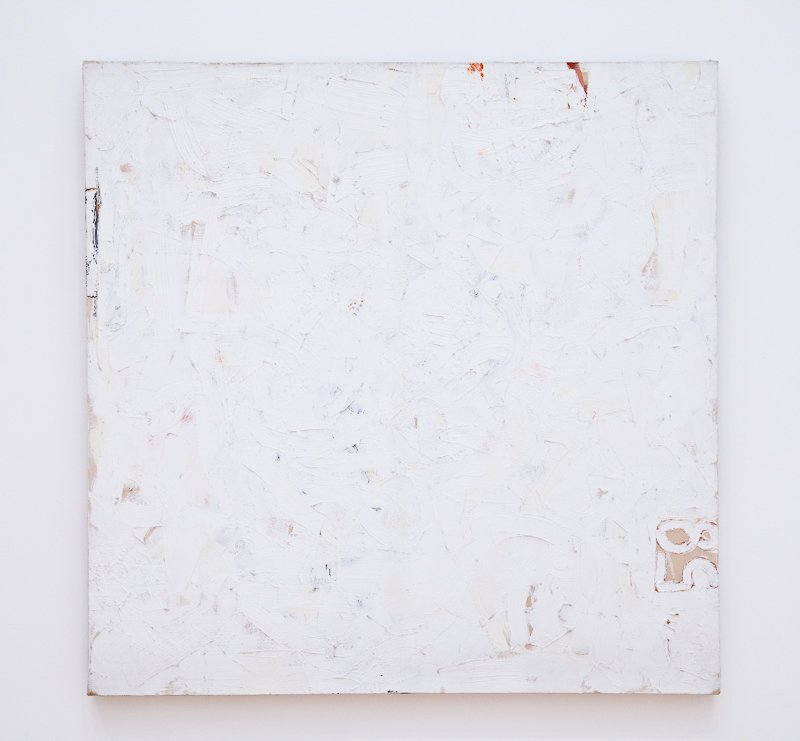 Robert Ryman, Untitled (1958)
Robert Ryman, Untitled (1958)
10.125 inches square, enamel on linen. Collection SFMOMA.
He also resisted attempts to place him into a specific box or frame within the greater art world. “I’m not involved with any kind of art movement. I’m not a scholar, I’m not a historian. I just look at it as solving problems and working on the painting and the visual experience.”5 There is no attempt at illusion; the paintings are not “about” anything other than what’s right before your eyes. What you see is what you get – nothing more, nothing less.
I read parts of Used Paint a couple of years ago when I was doing research for a school project. It was a treat for me soon thereafter to be able to go to the San Francisco Museum of Modern Art and see some of these paintings in person. They are just what you’d expect, but somehow in person they have a surprising presence. I’m drawn to Ryman’s work aesthetically, and I admire his ability to put forth these seemingly simple objects as paintings and get them hung in the most prestigious of museums. I have an impressive number of partially finished textile works lying around my own studio, suspended from completion because I love the raw edges and I don’t want to cut, bind, or hide them in some “professional” way. If I were Ryman, that would be the end of it – I’d just hand them over to the Guggenheim and up they’d go as is.
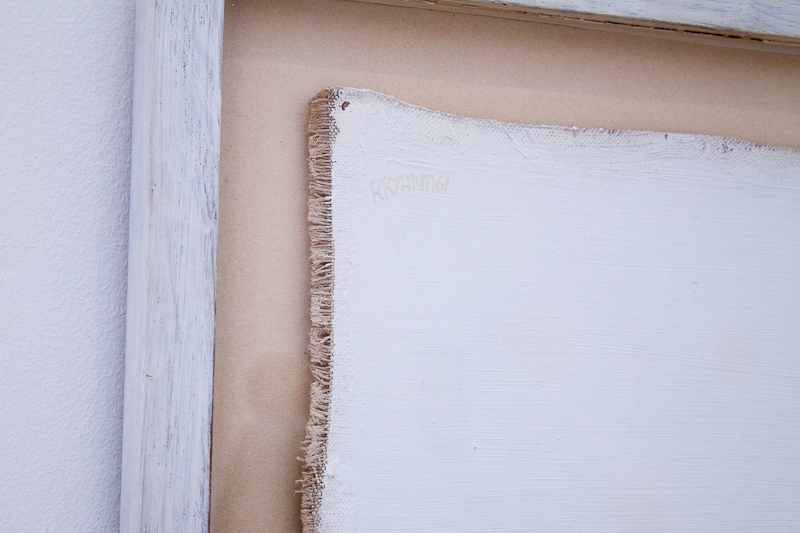 Robert Ryman, An all white painting measuring 9 1/2 ” x 10″ and signed twice on the left side in white umber
Robert Ryman, An all white painting measuring 9 1/2 ” x 10″ and signed twice on the left side in white umber
(See full view here)
I first became aware of Ryman’s work from the wonderful PBS art:21 series. In this video from Season 4 (2007), Ryman demonstrates how his paintings consist not only of the support and the paint, but also the edges, the fasteners, and the wall itself. He tapes panels to the walls with blue painter’s tape, and then paints right over the tape and onto the walls beneath the panels. Then the tape, which has functioned as a resist, is removed. The process is repeated multiple times. This creates a variance in the surface and edge surrounding each panel. The quality of the light in the room is extremely important to the aesthetic experience, including how it changes throughout the day. Speaking about his intention, Ryman says, “It should be a soft, quiet experience that’s nice to look at.”
“In painting, something has to look easy even though it might not be easy.”
“The painting should just be about what it’s about, and not other things.”
“In all of my paintings, I discover things; sometimes I’m surprised at the results6
1Suzanne P. Hudson, Used Paint (October Books, 2009) 7.
The title of the book comes from an anecdote Ryman tells. In 1968, he was to have an exhibition at the Konrad Fischer gallery in Dusseldorf. In order to minimize customs fees, Fischer listed the shipment as “paper” instead of “art.” The customs official said that the duty on handmade paper would be expensive, so Fischer told him it was used, and the paintings were shipped with the designation “Used Paper.” Ryman says, “Since that time I have wondered about the possibility of paintings being defined as ‘Used Paint.’ Then there could be ‘Used Bronze,’ ‘Used Canvas,’ ‘Used Steel,’ ‘Used Lead … ‘”
2Robert Ryman in “Paradox,” segment from PBS series art:21, Season 4.
3Ryman, cited in interviews with Catherine Kinley on April 11, 1992, and Lynn Zelevansky on July 1 and 7, 1992. See Catherine Kinley, Lynn Zelevansky and Robert Ryman, “Catalogue Notes,” in Robert Storr, Robert Ryman (ex. cat., Tate Gallery, London/MoMA, New York, 1993), p. 48, quoted in “The How and the What,” Suzanne Hudson, Flash Art n.263 November-December 09
4Ryman, “Paradox”
5ibid.
6ibid.

